Sometimes swimming a bit harder means you can go a little farther—after all, there’s no limit to how much your swimming skills can improve!
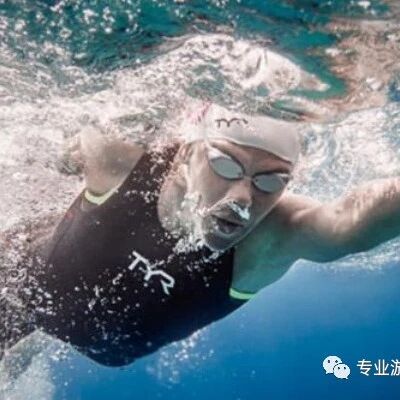
Just as roads in urban areas require different types of vehicles compared to long-distance off-road routes, long-distance swimming and short-distance swimming involve distinct swimming techniques and strategies—but from a swimmer’s perspective, they share many common elements. The physical endurance gained from short-distance swimming actually helps improve performance in longer-distance events. Here are some effective training methods to consider.
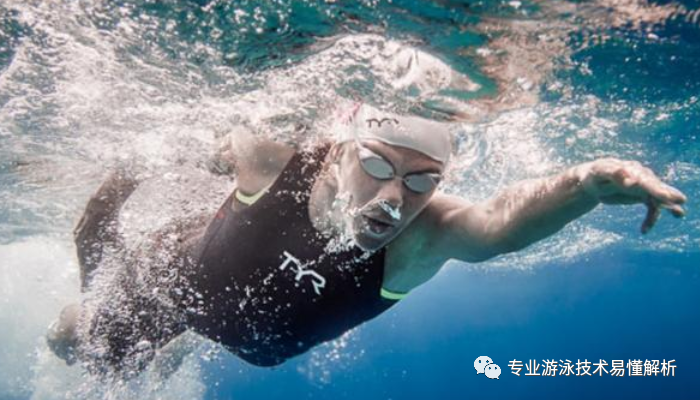
1. Commonalities Between Long-Distance and Short-Distance Swimming
They all focus on elongating the body to minimize water resistance, using core strength to maintain a rigid posture, fully rotating the shoulders to slice through the water, and pivoting the hips to enhance kicking efficiency. Additionally, they require a stable head position, powerful breathing techniques, a smooth movement rhythm, and flexible adjustments in breathing patterns.
2. The Key to Physical Endurance — Lactate Tolerance
While traditional long-distance swimming training focuses on swimming long distances at a slow pace, interval training has proven effective in enhancing lactate tolerance. No matter the activity, once exercise lasts longer than 20 minutes, lactate begins to accumulate in the bloodstream, causing that familiar "burning" sensation in the muscles—especially if you’re not yet accustomed to regular physical activity, making this discomfort even more pronounced. By maintaining a consistent exercise routine, however, you can improve your body’s ability to tolerate higher levels of lactate, helping it adapt to specific lactate thresholds. This adaptation ultimately delays the premature onset of muscle fatigue in targeted areas, allowing you to sustain performance for longer periods.
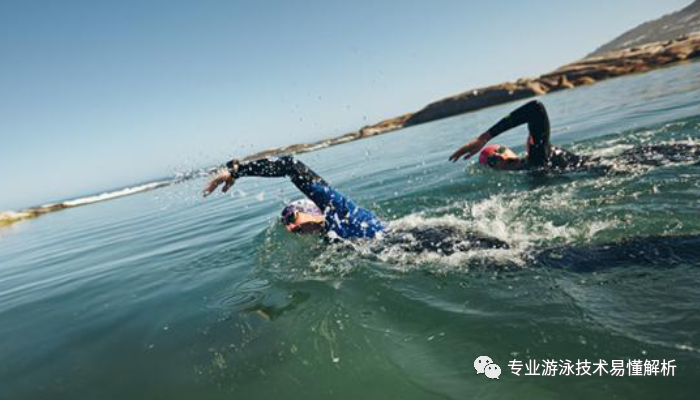
3. Intermittent high-intensity practice is highly beneficial
If you stick to a slow, leisurely swimming pace for an hour straight, the exercise benefits will be fairly limited. However, by incorporating short bursts of high-intensity swimming—such as 100-meter or 200-meter sprints—around the 30-minute mark, you can significantly boost your workout effectiveness. Intermittent high-intensity swimming sessions involve alternating between periods of intense effort and brief, fixed rest intervals. For example, during interval training, you might swim 50 meters or 100 meters using a kickboard to focus on leg strength, followed by a 30-second rest, then move on to 100-meter or 200-meter freestyle strokes. When you return to your relaxed, steady pace afterward, you’ll likely notice that your swimming feels not only more effortless but also far more efficient.
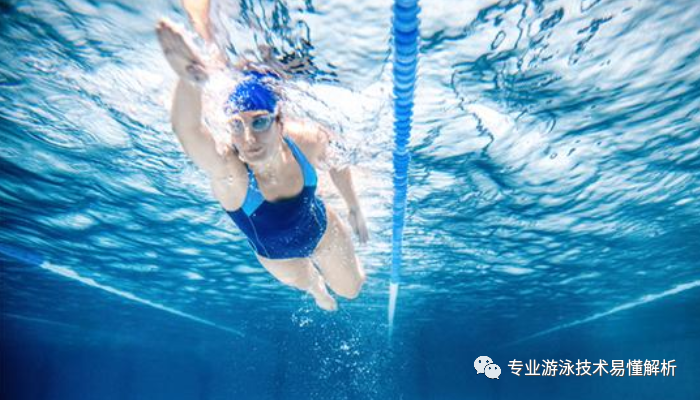
4. Anaerobic training is equally important—don’t worry about holding your breath.
While holding your breath while swimming isn’t ideal, it’s a great habit to push yourself just a little farther—provided you keep an eye on your heart rate. However, everyone has their own physical and respiratory limits, especially when your heart rate hits the peak of your personal fitness capacity. For instance, if you can comfortably swim 200 meters, try extending that by another 100 meters. But those extra 100 meters might feel far more challenging than the initial 200—and you could even start struggling with breath-holding or losing control in your strokes. Don’t give up; stay patient, tap into your mental strength, and finish that final 100 meters. That’s precisely how you’ll become stronger than others—and even stronger than you were before.
Related Articles
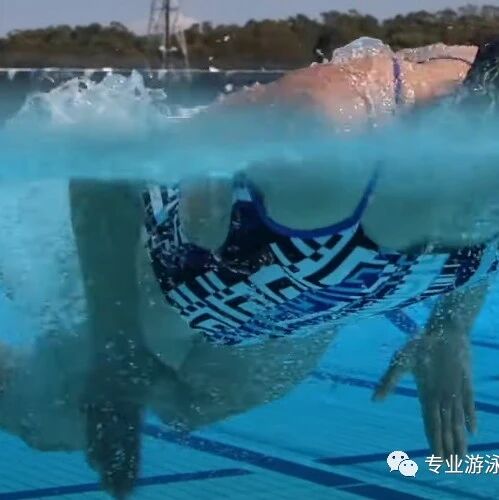
Learn about the history and origins of butterfly swimming, and get ready to start mastering the butterfly stroke.
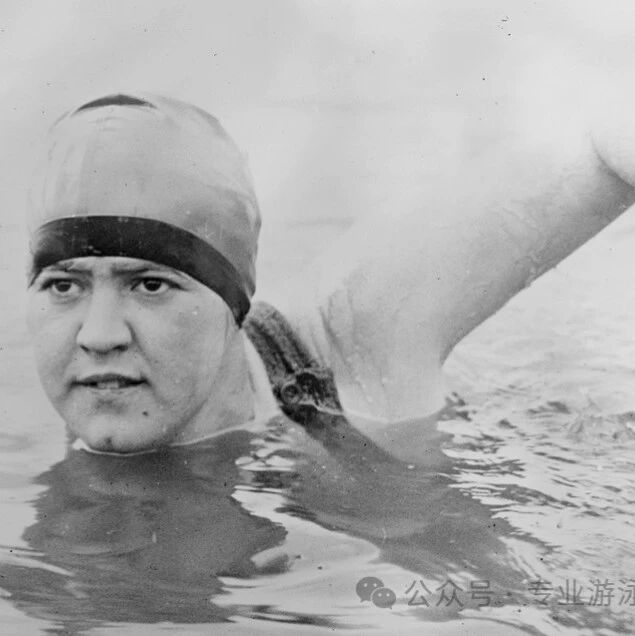
Kudos to "Women and the Sea" for being the trailblazers who took the first step in history!
